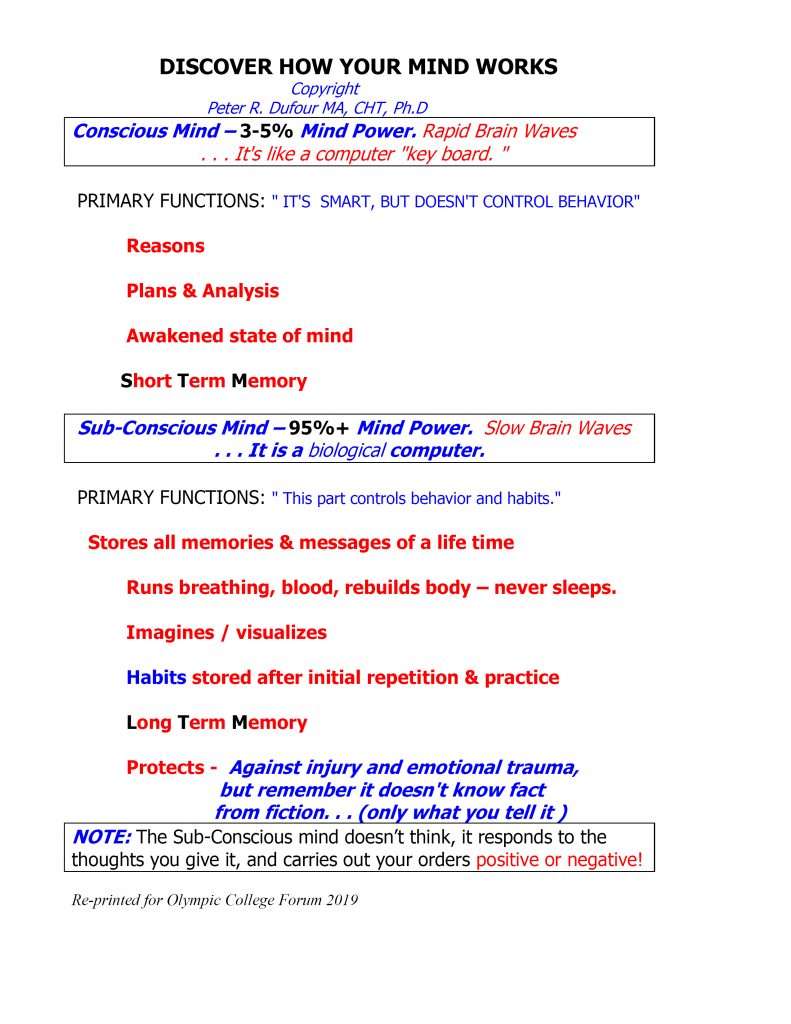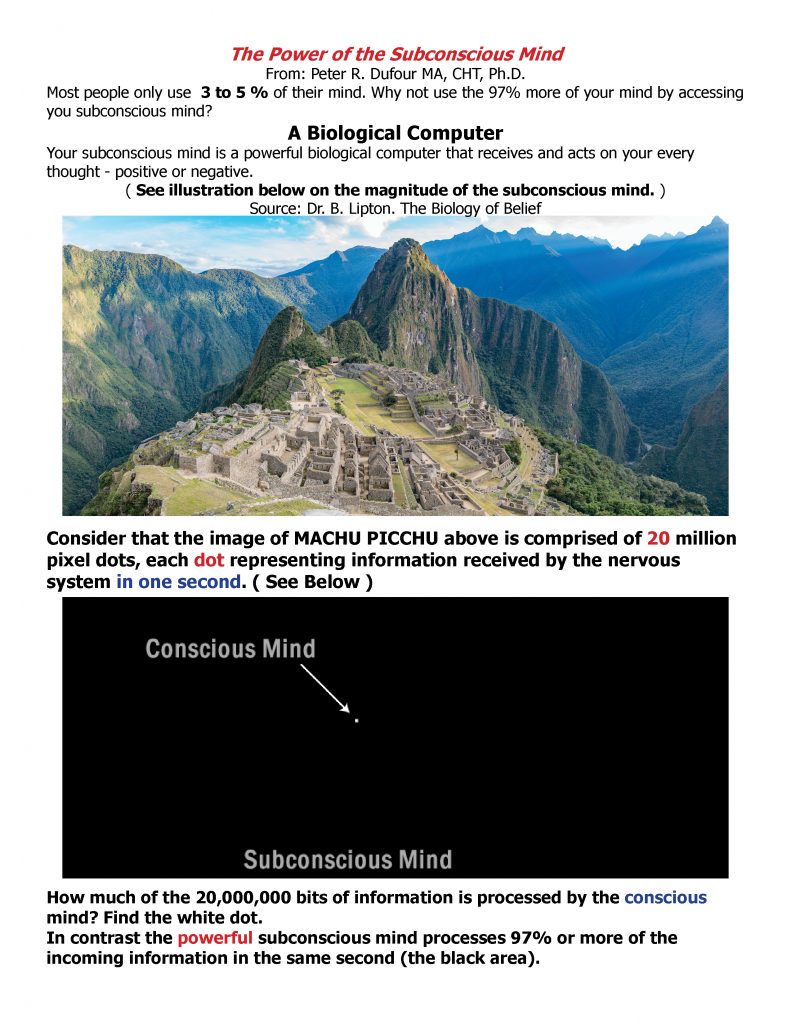Just Let Go of the Paddle
From:
Dr Peter Dufour
SOURCE: The Astonishing Power of Emotions: Esther & Jerry Hicks
Imagine putting your canoe, with paddle already inside, in a
river and floating on the current and then deliberately turning your canoe
upstream and paddling with all of your strength against
the flow. And as we see you in your boat,
paddling very hard against the current, we ask, “What do you think about
turning your canoe downstream and
going with the current?”
And most reply, “Turn downstream? Oh, that just seems lazy!”
“But
how long can you keep that up?” we ask.
“I’m not sure,” most answer, “but it is my duty or
responsibility to figure that out.”
And then, if we were to visit long with most people, they would
go on to explain, “This is just what we all do here.” “It’s what
my mother did, and her mother before her.” “Anyone who amounts to
anything works diligently against the current.” “All trophies and
monuments are erected to honor those hardworking people who stayed strong against the current.”
“And anyway,” people often remind us, “there are even more
rewards after we die for those who work hard like this.”
We watch
you getting more efficient at fighting the current. Your muscles
get stronger, your boats become sleeker, and you discover more effective paddle.
And, always, we listen patiently as we hear a variety
of versions on this same general theme of justification for paddling
upstream, but then we always
explain what we consider to be the most important thing that our physical
friends could ever hear from us: Nothing that you want is upstream!
Just
Let Go of the Paddle
Most people continually try to calculate the distance from where they are to where they want to be. “How much farther do I
have to travel? How much
more do I need to do? How
much more weight do I need to lose?
How much more
money do I need?” And this is primarily because, in your
physical format, you tend to be action oriented.
We would like you to understand, however, that as you begin to approach
your world in terms of vibration rather than action, and in terms of thought
rather than in terms of time and space and distance, your ability to close the
gap between where you are and where you want to be will be much more efficient.
Sometimes, even when we are offering analogies such as this one about you
in your canoe in the Stream, you want to apply your usual action-oriented
tendencies. In other words, often our physical friends accept our premise that
what they want is downstream, so they
want to get pointed in that right direction and then they want to hurry downstream:
“How can I get downstream to the things that I desire
faster? I’ll focus better. I’ll try harder.
I will work longer.” But we want you to
understand that those determined attitudes only cause you to again
turn upstream. Once you are pointed
downstream in this Current of
Life, it is not necessary to put a motor on your boat in an attempt to make it
go faster. The Current will carry you
… just let go of the paddle.
When you are no longer paddling against the Current — when you release your paddle and relax into your own natural Well-Being — the Current, which is ever moving in the direction of that which you have become and all that you want, will carry you toward your desires.
The
belief that there is something to overcome automatically points you upstream. Understanding that all you
desire is easily attainable by you automatically
points you downstream. And once you understand
that, you are practicing the Art of
Allowing your natural Well-Being to flow to you, and you to it … and that
is the Art of Allowing yourself
to be the You that life has caused
you to become.
RIDDLE: “When you are clear on what you do want ( health, wealth, and happiness ), the how will
show up and then you respond.”
Peter R. Dufour



